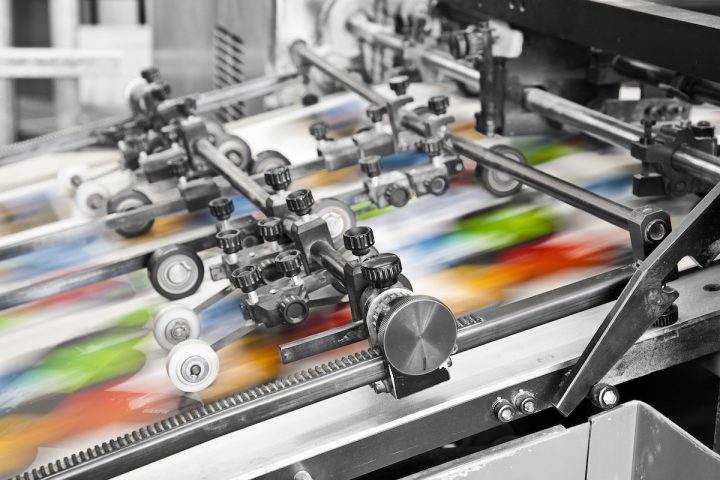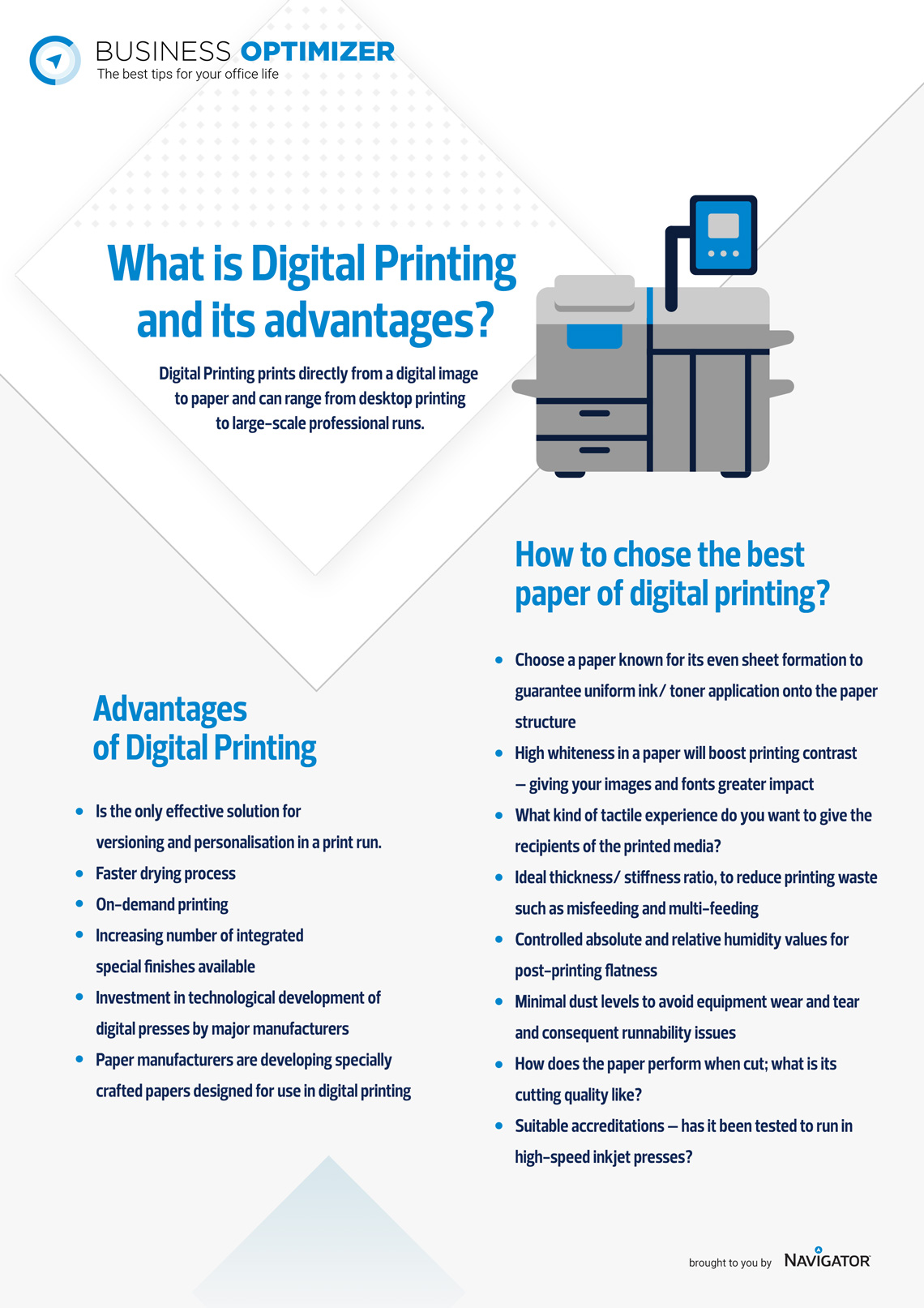[Infographic] What is Digital Printing?

[Infographic]How to Ask for and Get a Raise
November 28, 2017
How to Survive Your Office Christmas Party
December 7, 2017
The evolution of digital printing
Traditionally, digital printing has tended to be used for smaller print runs, where only a small number of printed items are required. This is because, on very small runs, the labor involved in setting the presses and printing plates would make a traditional print run too expensive.
Traditional print runs tended to be used for larger print jobs because of the economics. The overhead of setting the presses represents a smaller proportion of the total cost and, once completed, other costs were significantly lower.
Today, advances in printing machine technology and the continuing development of digital presses means that the cost of digital printing is reducing as the quality of output rises.
This new cost dynamic, together with an increasing demand for personalization in marketing and other printed communications, is making digital printing the print option of choice even for larger runs.
Enhancing the customer experience
As brands increasingly compete on customer experience, they are seeking novel and personalized ways to connect with their customers.
Digital printing is really the only effective solution for versioning and personalization in a print run.
- Digital printing also offers a number of other advantages that make it more suitable for the modern print customer:
- Faster drying process
- On-demand printing
- Increasing number of integrated special finishes available
- Investment in technological development of digital presses by major manufacturers
- Paper manufacturers are developing specially crafted papers designed for use in digital printing.
Choosing a suitable paper for digital printing
As the industry moves towards digital printing, there are a few considerations for marketers when specifying a print job.
The usual aesthetic considerations apply:
- Choose a paper known for its even sheet formation to guarantee uniform ink/ toner application onto the paper structure
- High whiteness in a paper will boost printing contrast – giving your images and fonts greater impact
- What kind of tactile experience do you want to give the recipients of the printed media?
In addition, some practical considerations will apply when choosing your paper for digital printing:
- Ideal thickness/ stiffness ratio, to reduce printing waste such as misfeeding and multi-feeding
- Controlled absolute and relative humidity values for post-printing flatness
- Minimal dust levels to avoid equipment wear and tear and consequent runnability issues
- How does the paper perform when cut; what is its cutting quality like?
- Suitable accreditations – has it been tested to run in high-speed inkjet presses?
Digital printing offers new printing opportunities.





